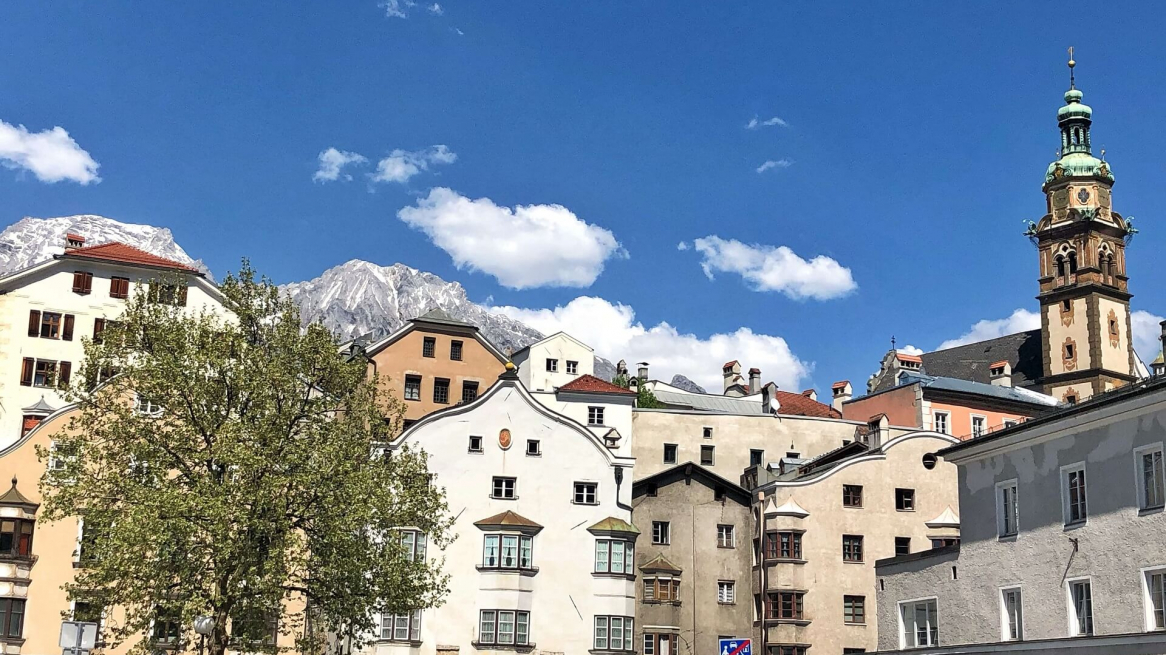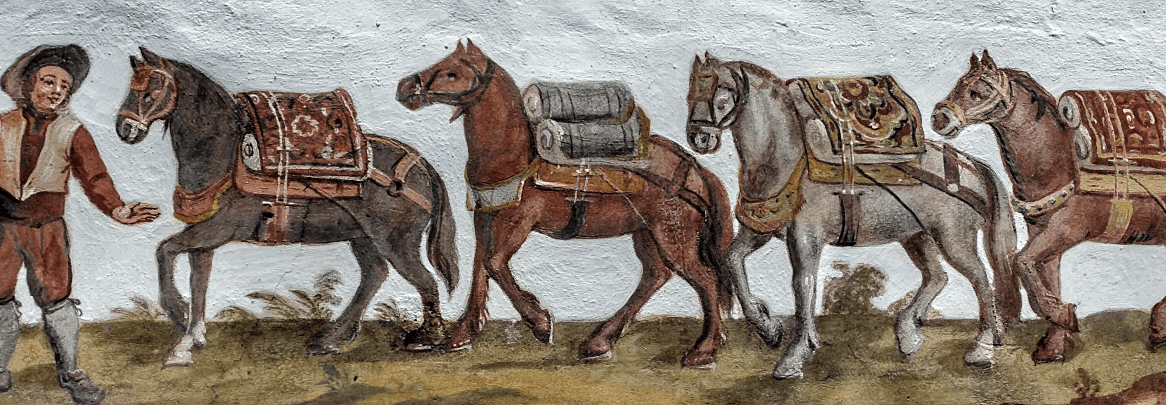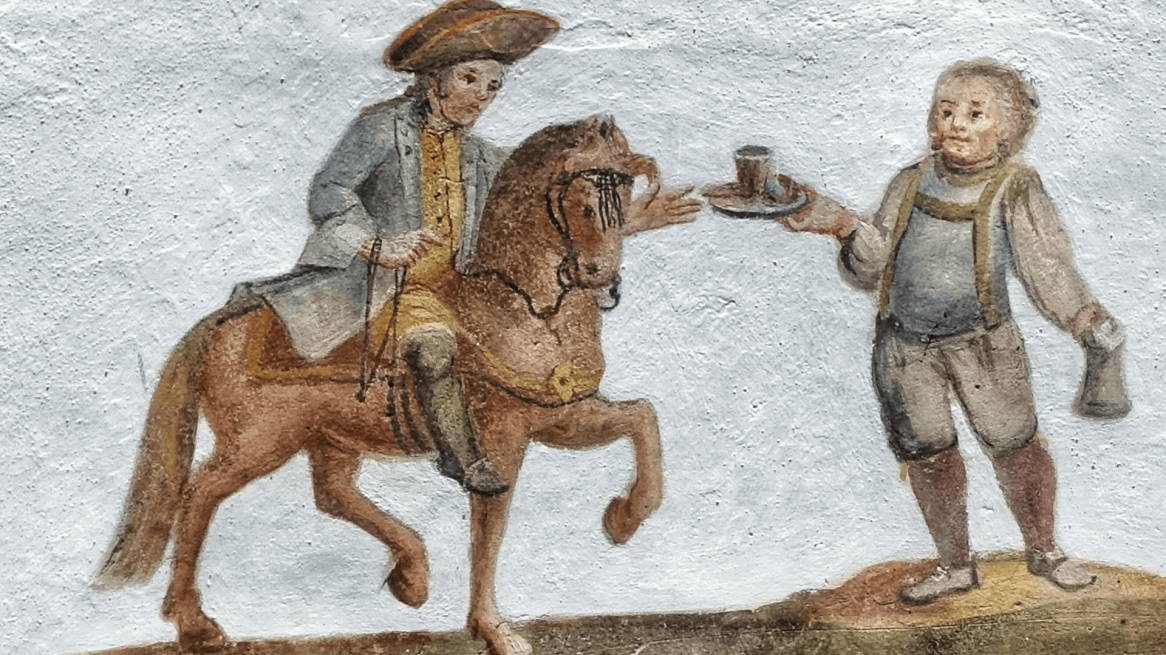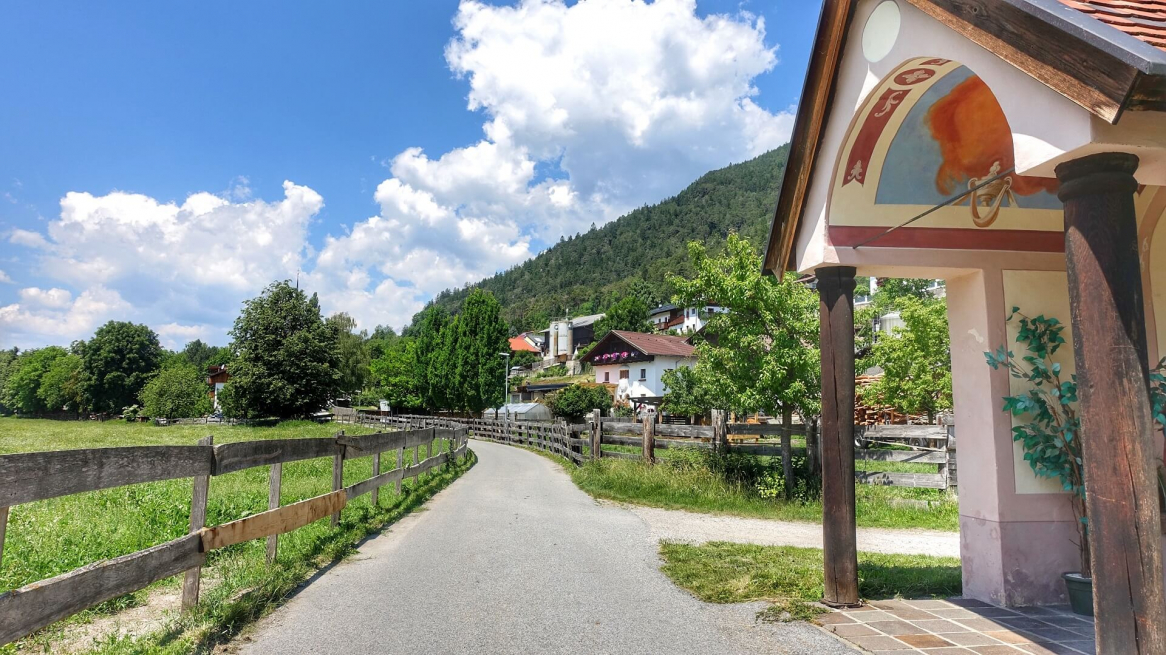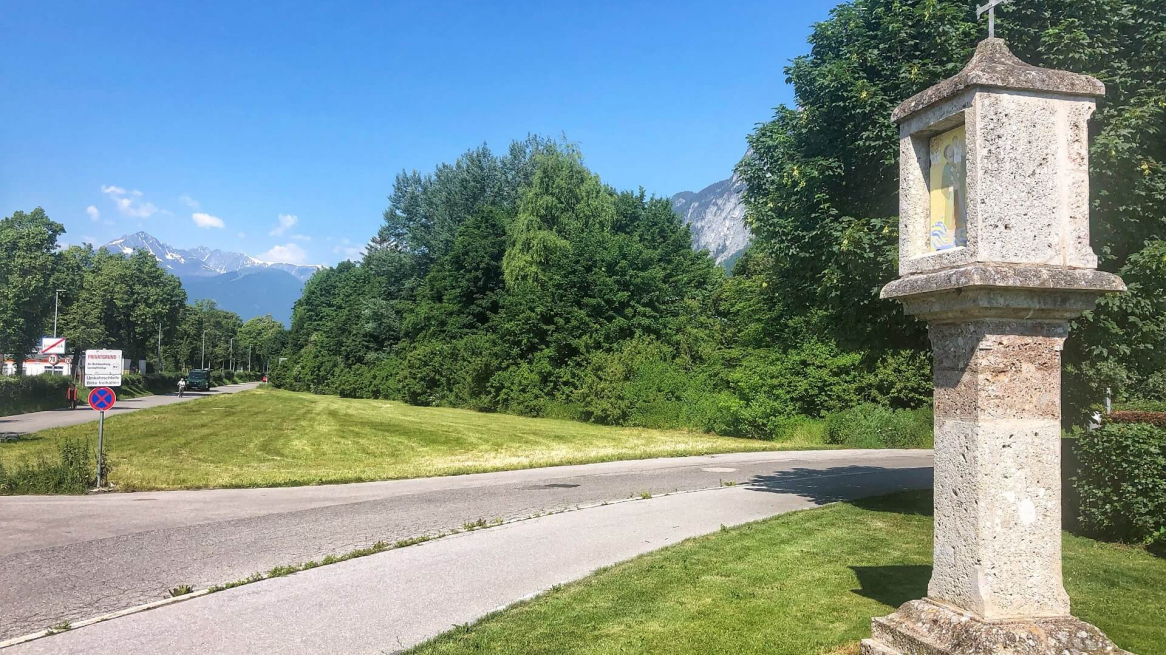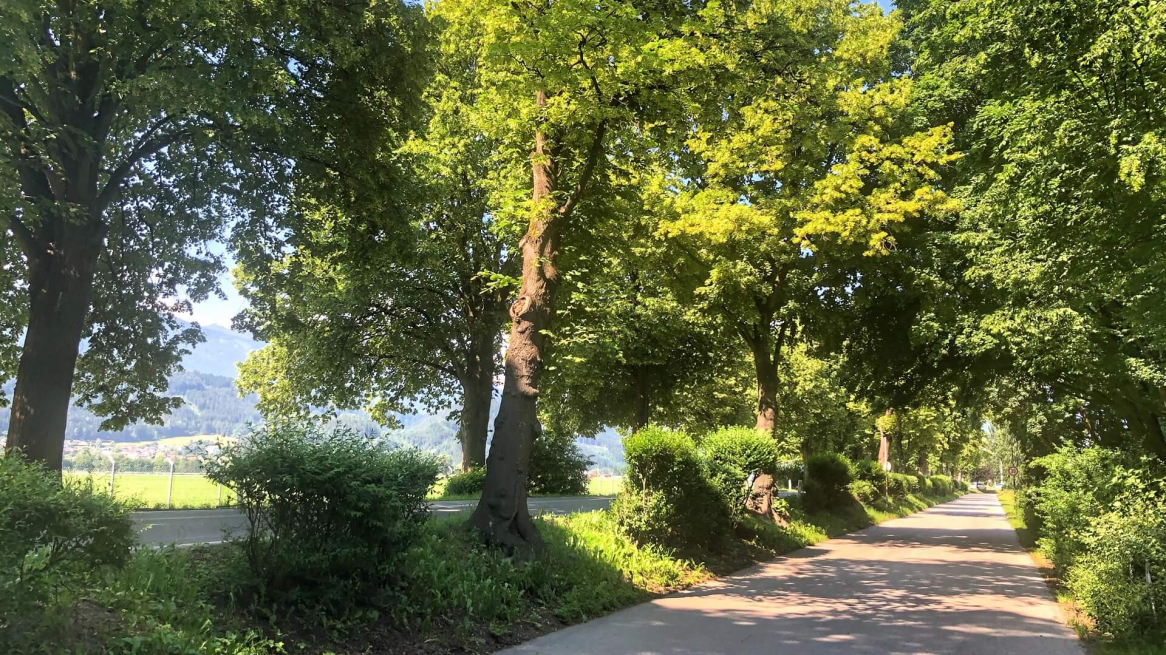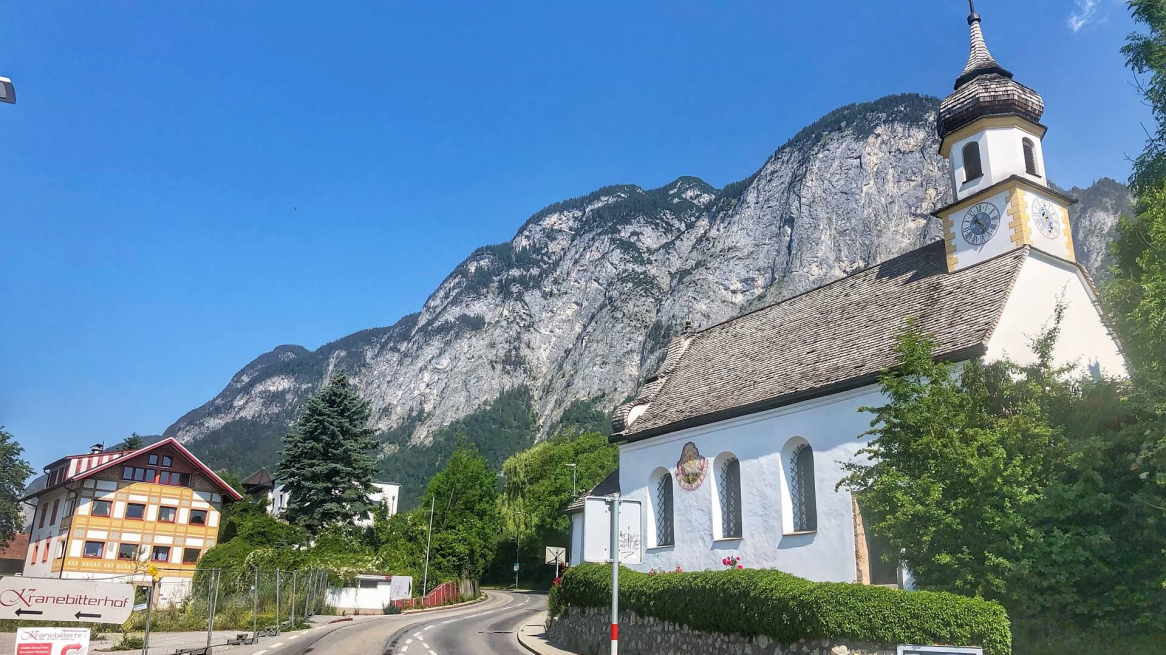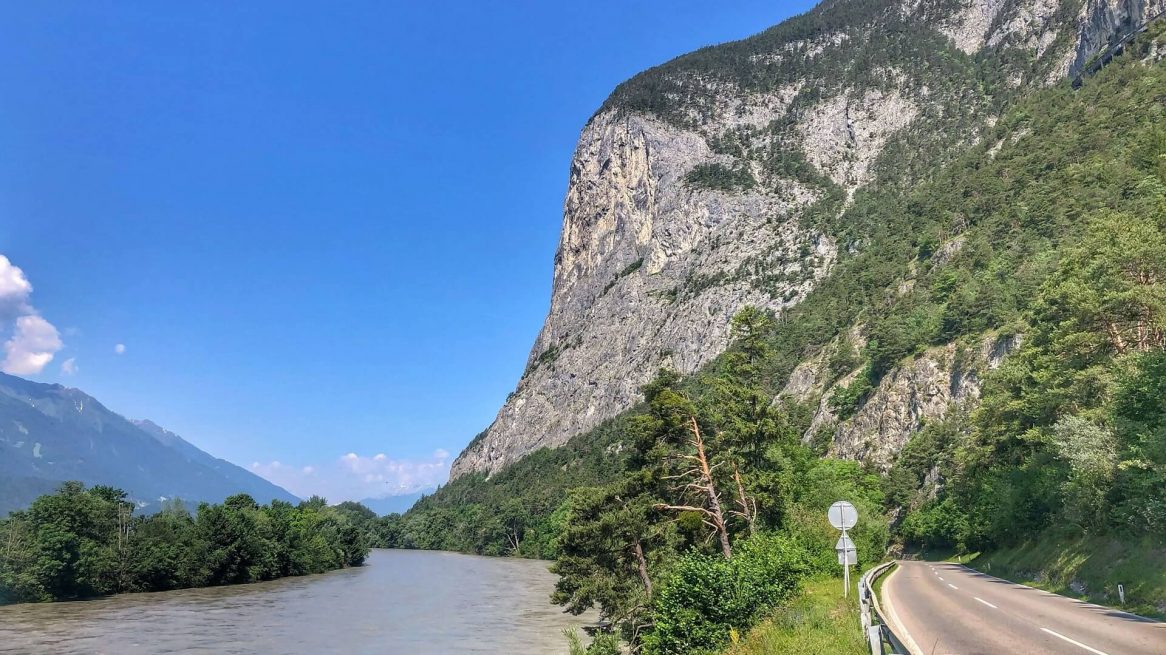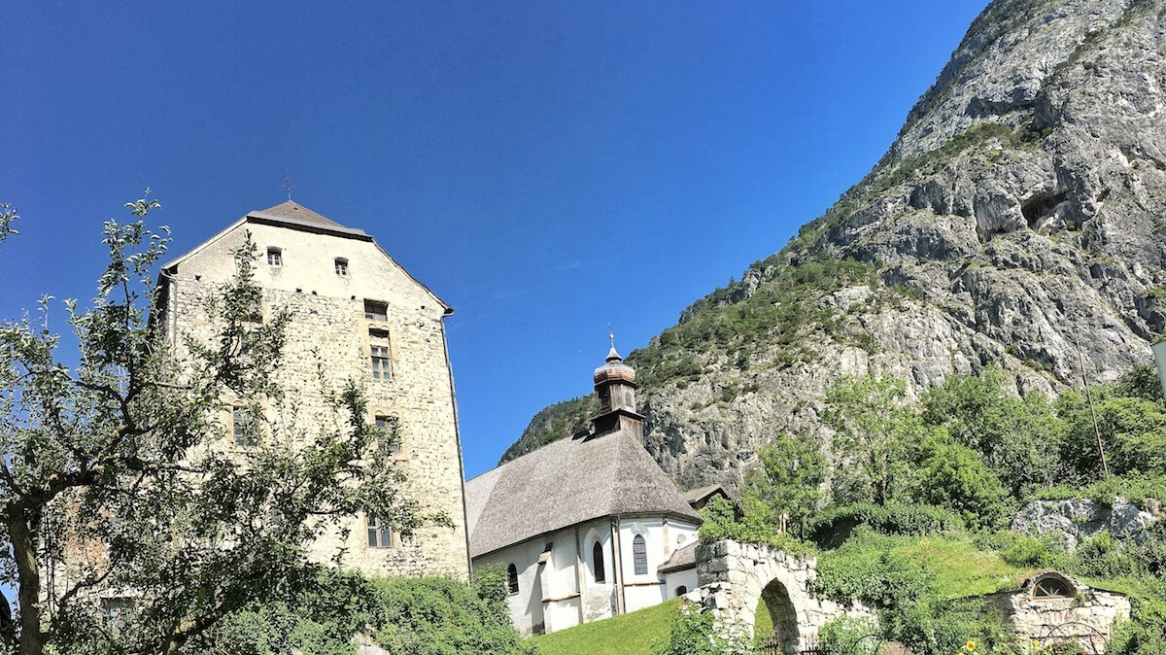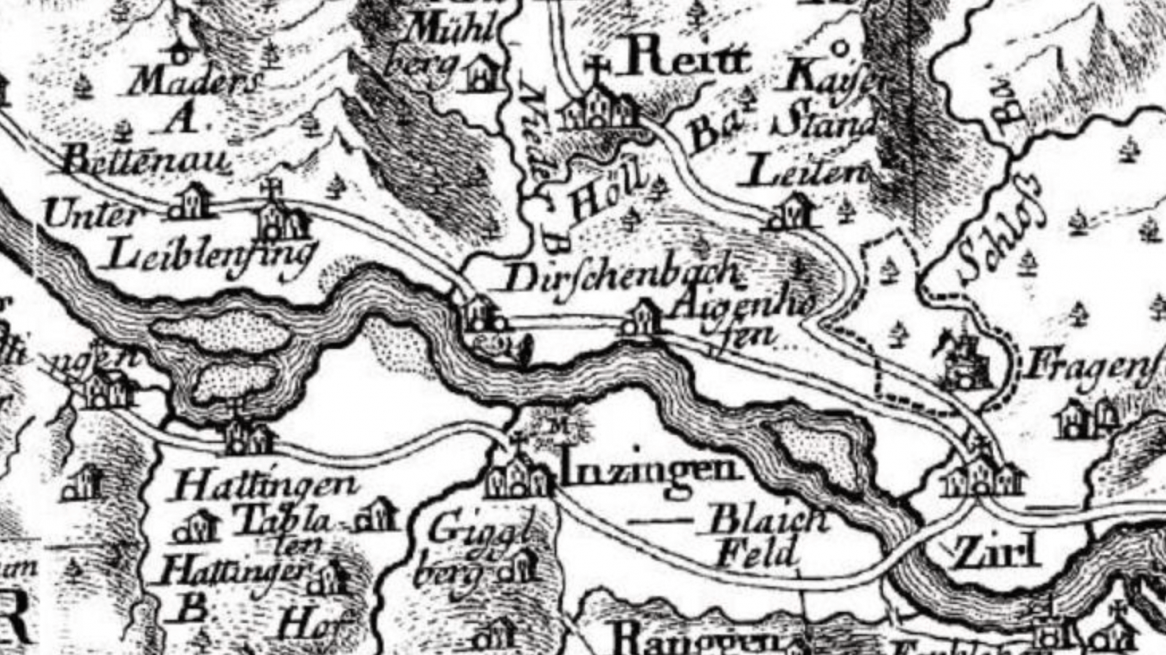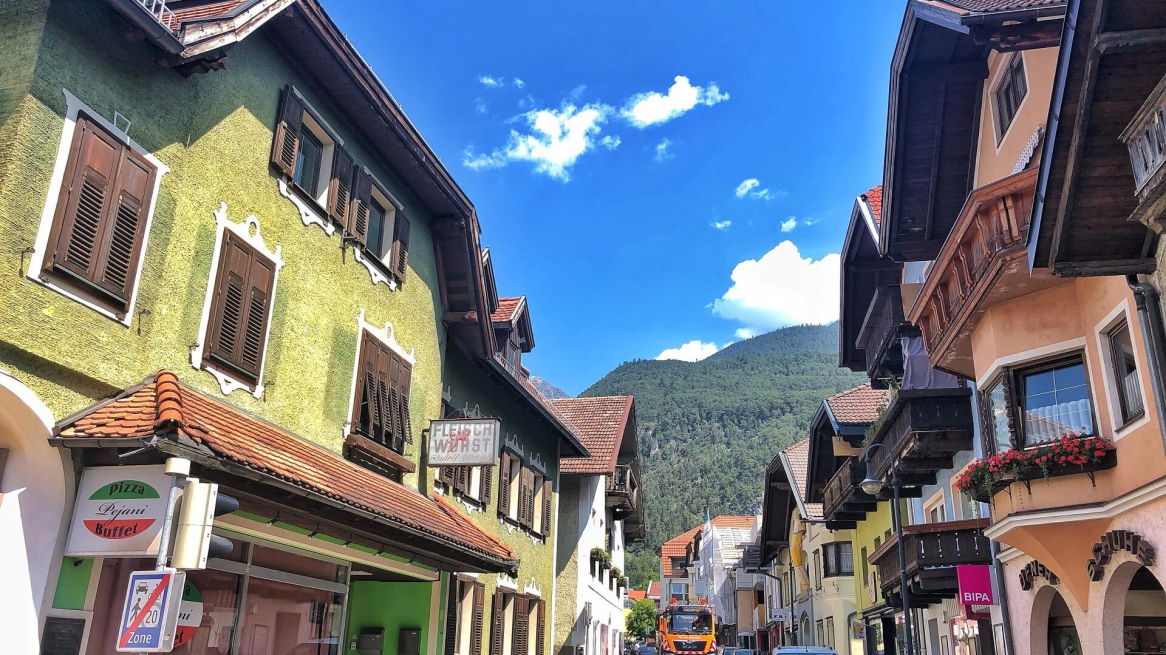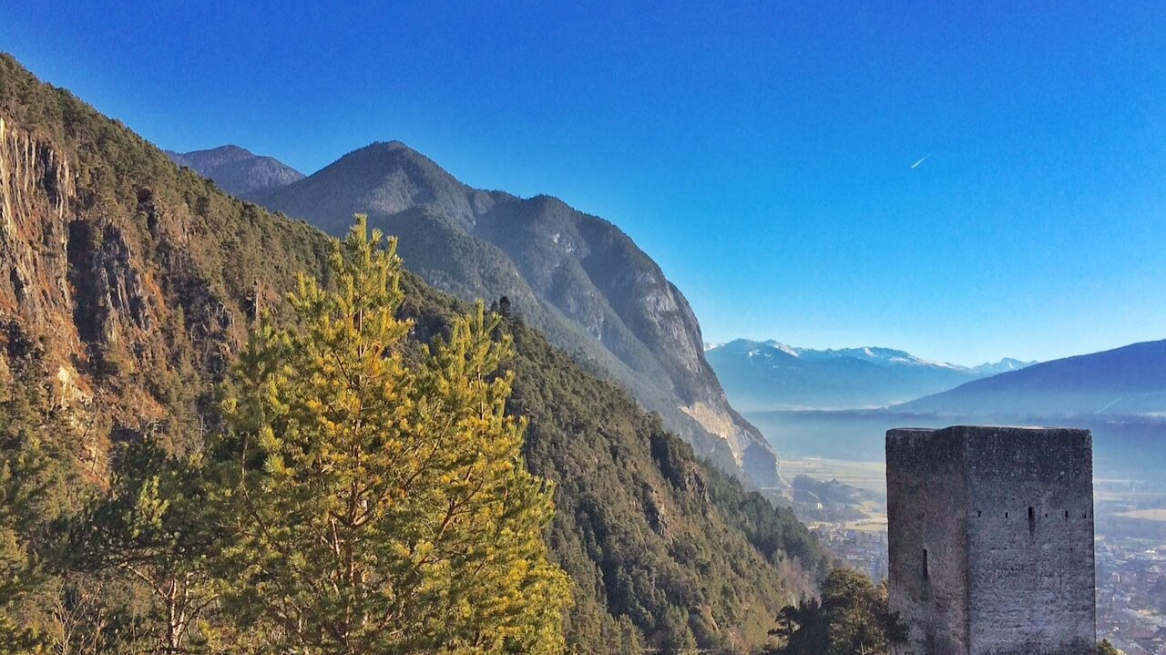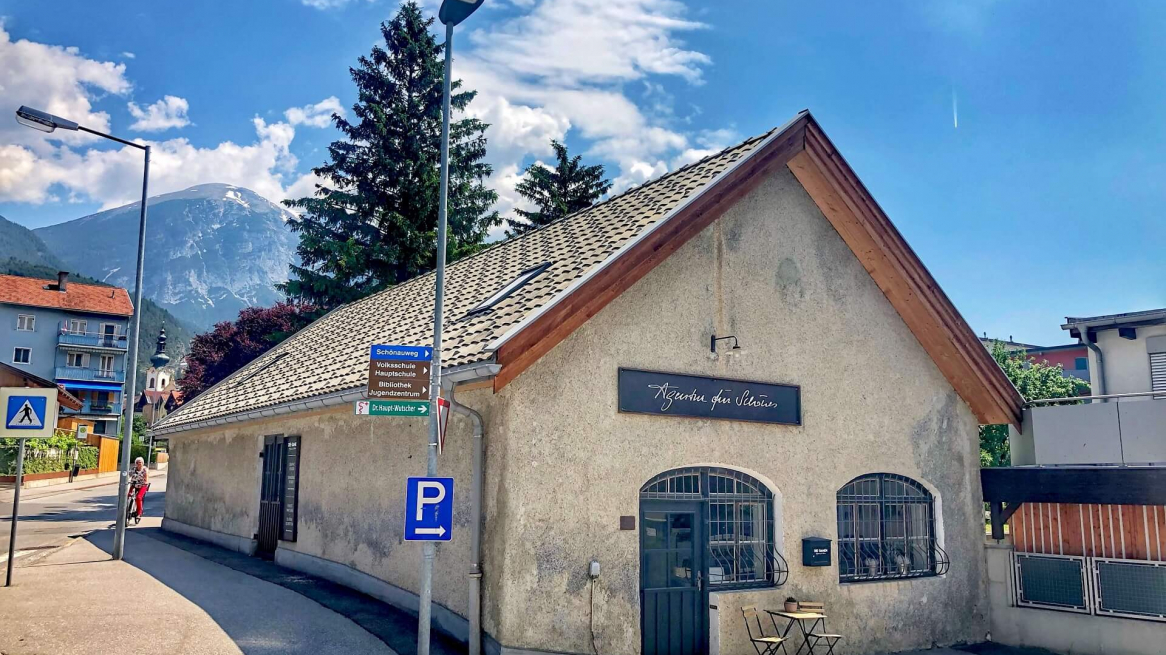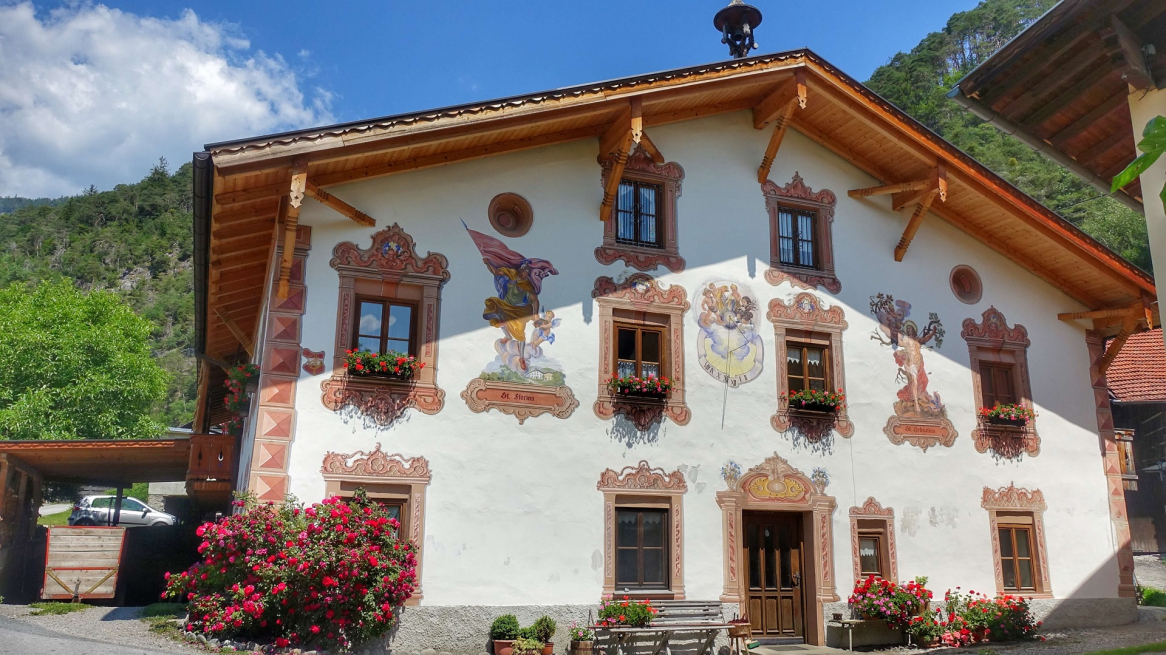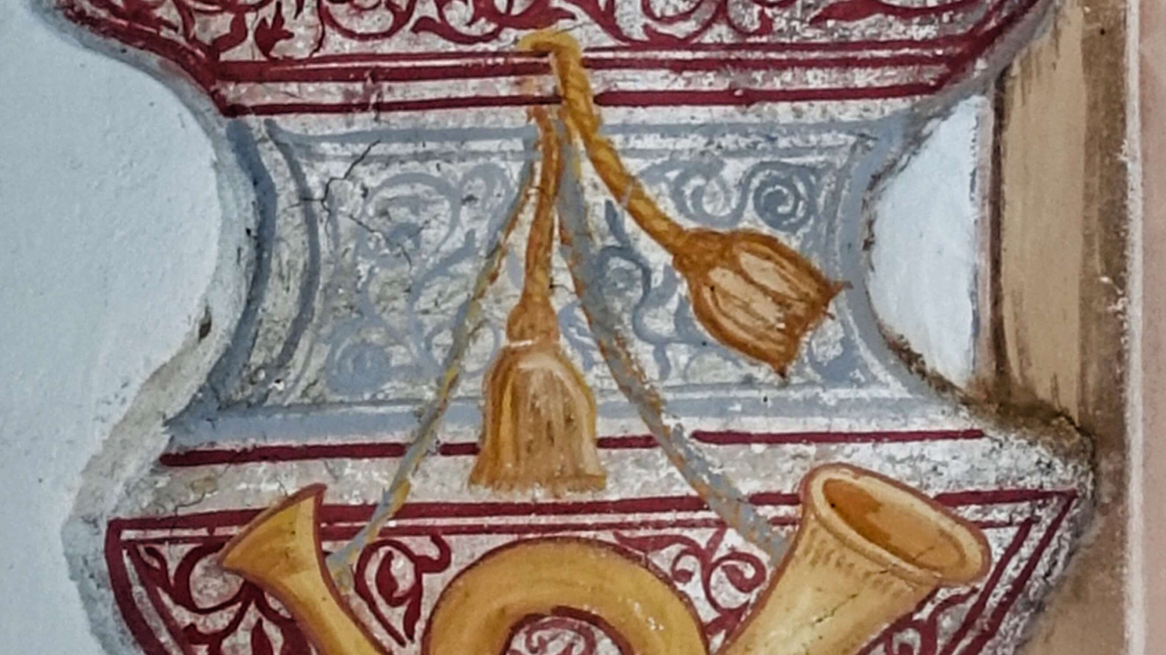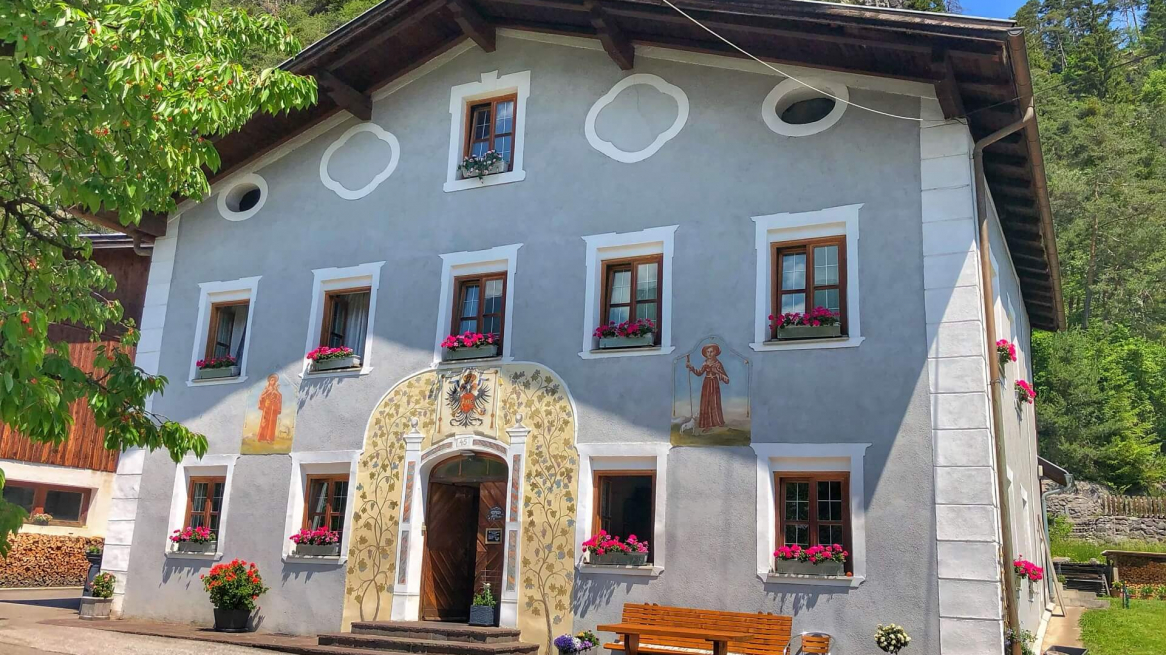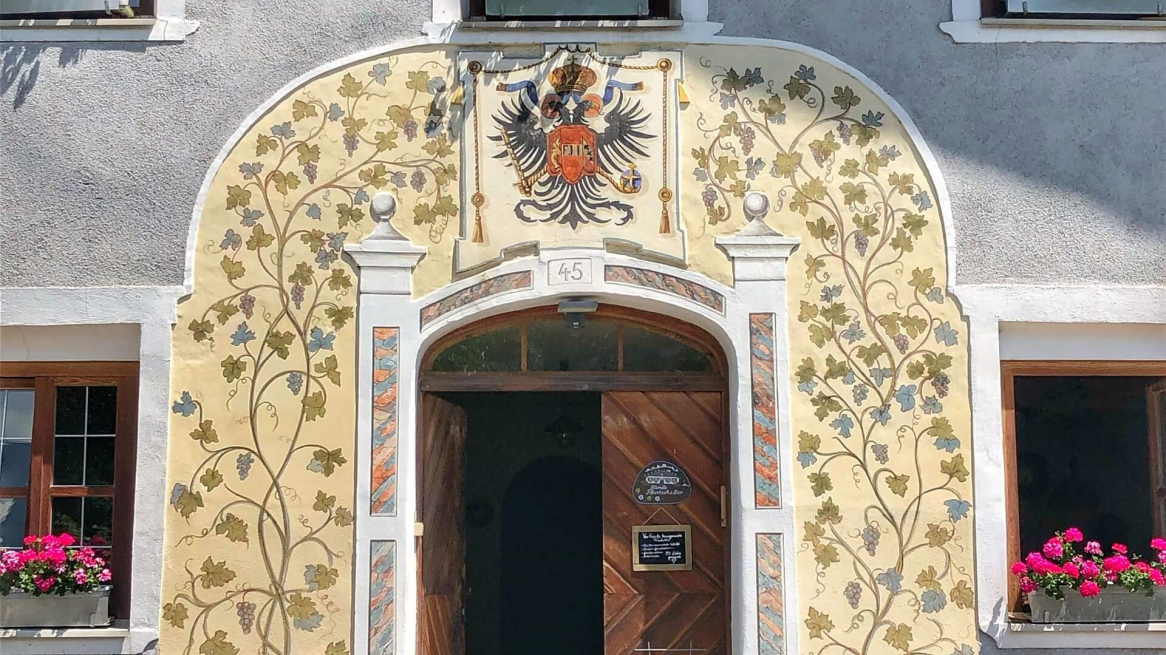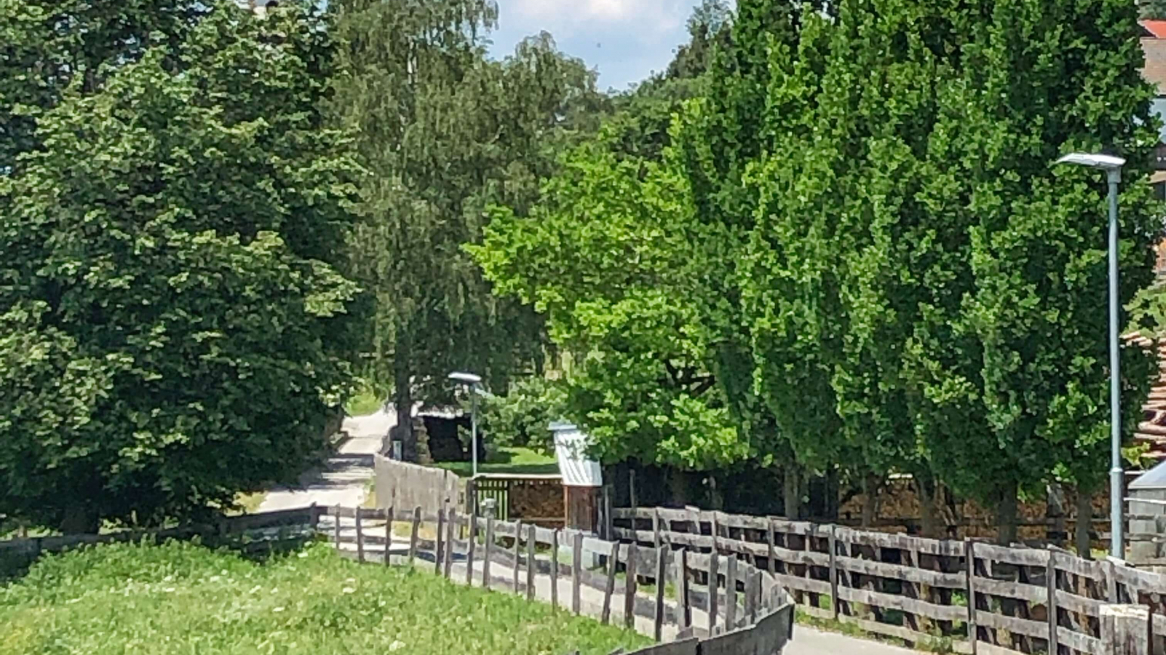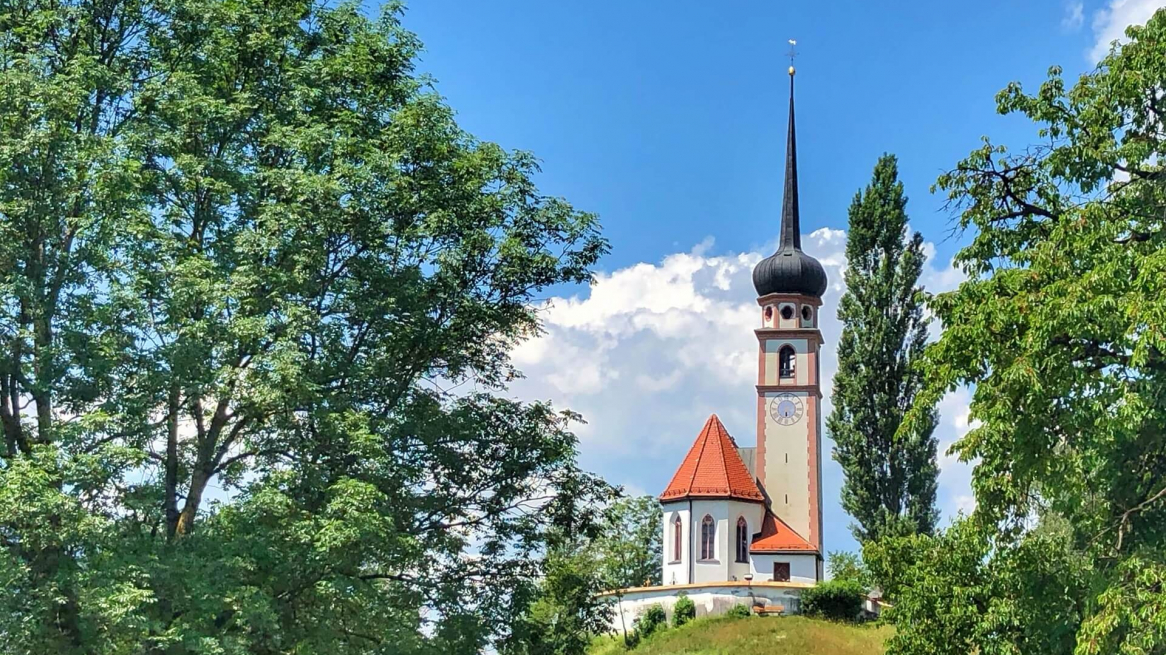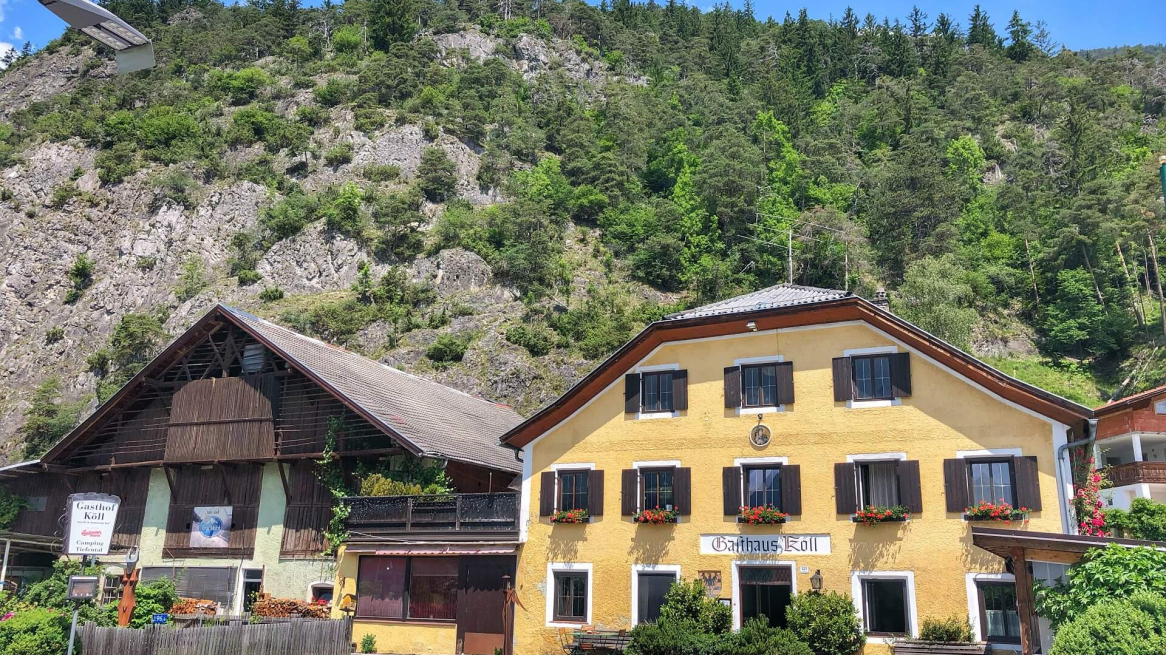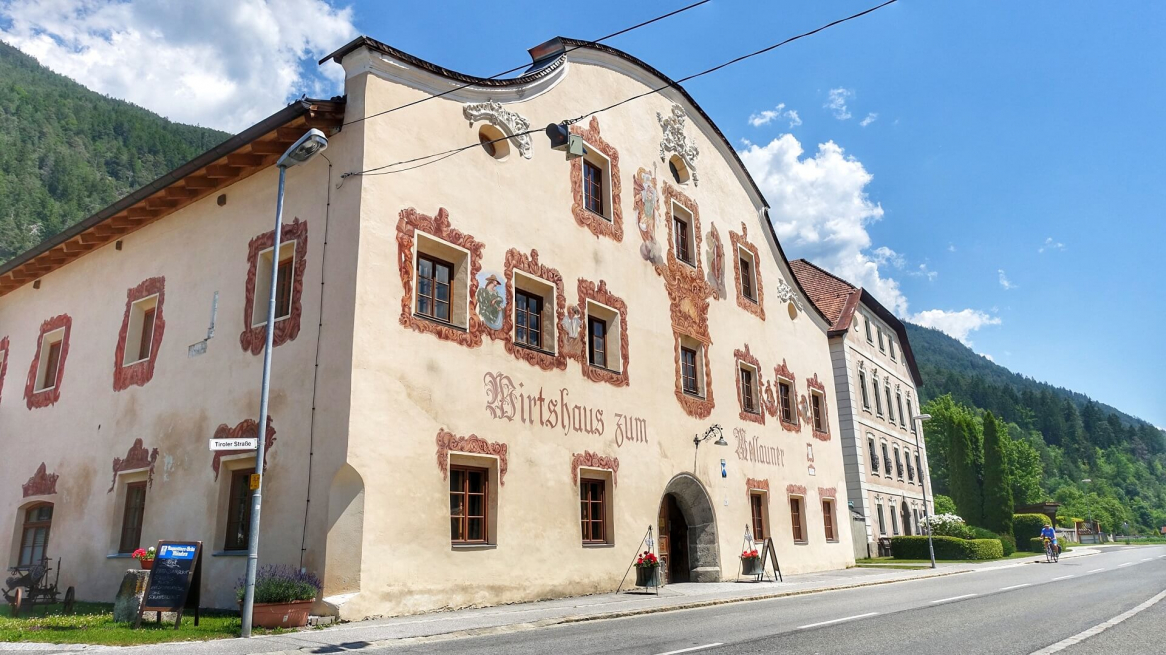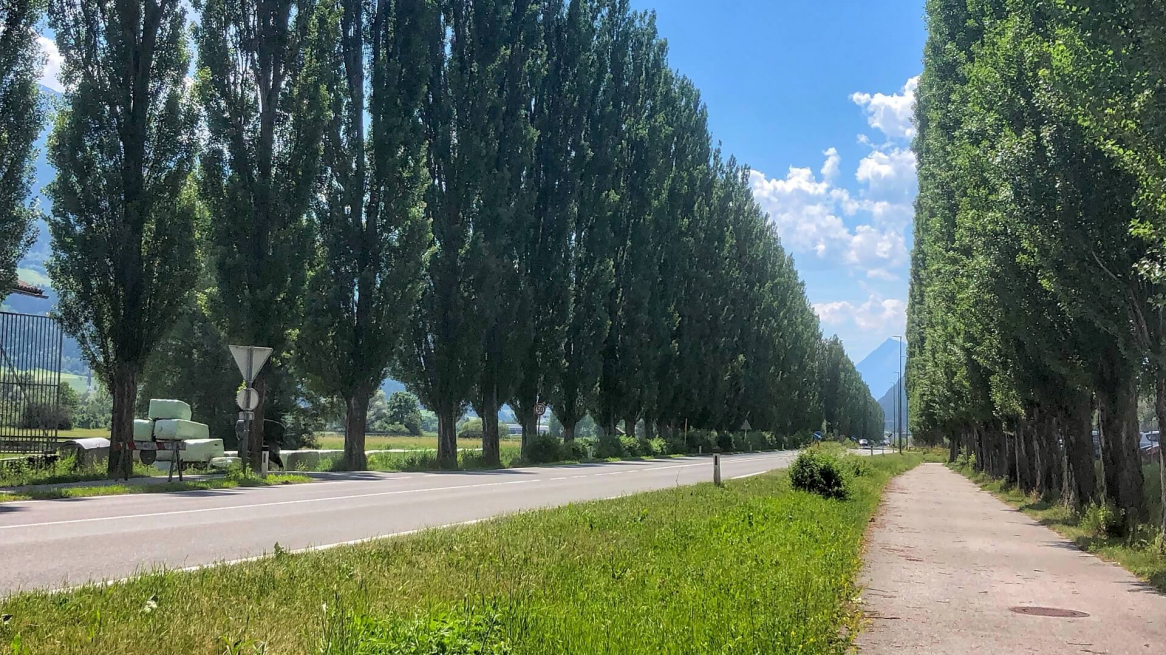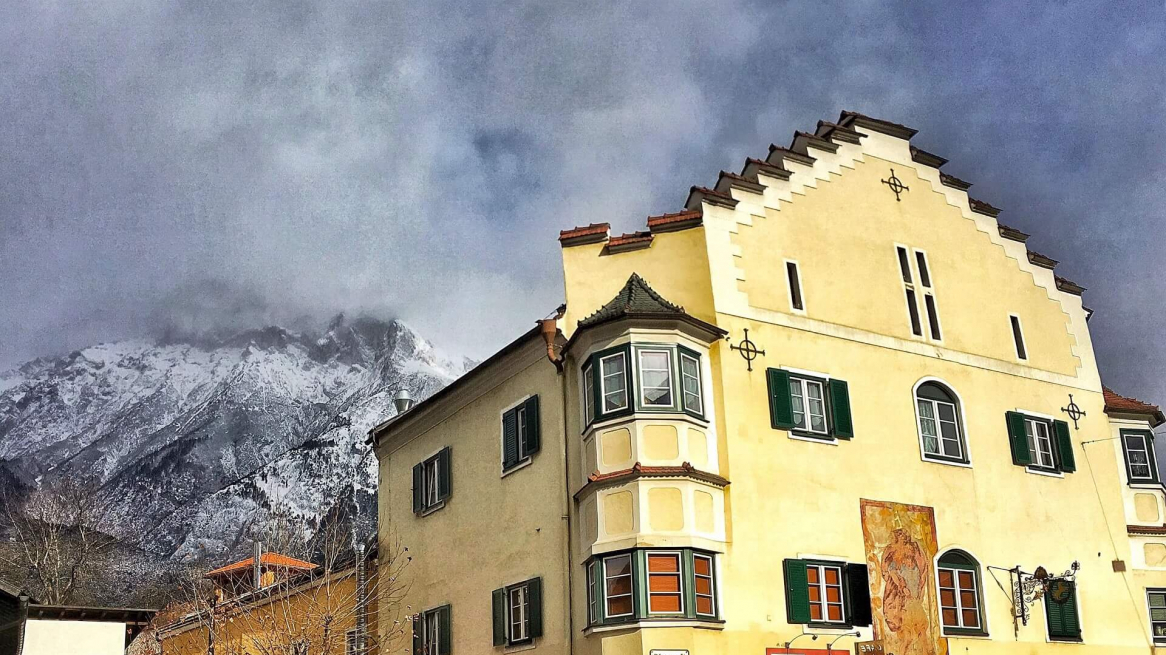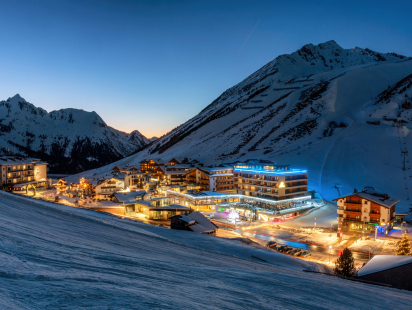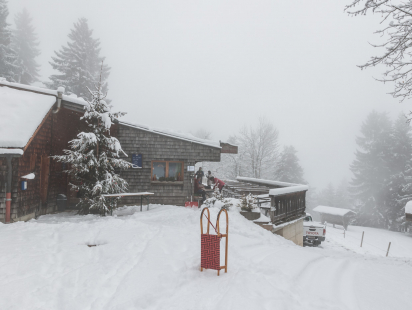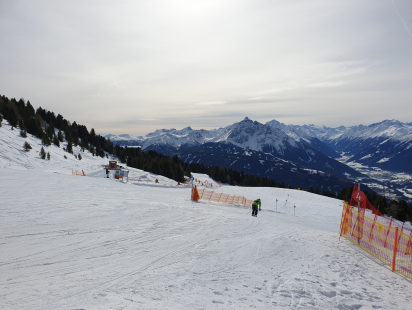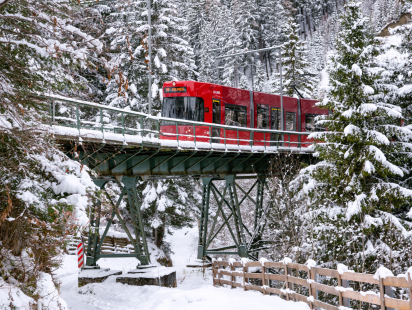In the second episode of my e-bike tour on Tyrol's salt roads, I present the 'Unterer Weg' between Hall, Zirl and Telfs. A route with numerous extraordinary farmhouses and inns and a mystical church. I use the wonderful cultural guide by historian Bernhard Strolz: "The Salt Road to the West" . The guide is - if at all - only available antiquarian or in libraries. For further reading: Click here for part one of my salt road trilogy.
TYROL WAS ONCE RICH
Tyrol was once blessed with two valuable mineral resources: silver and salt. They made our rugged, mountainous land a rich region. While the 'Schwaz silver the potentates of the late Middle Ages a lot of money into their war chests in the relatively short term, the salt trade ensured continuous income at a high level. And this for centuries. And you would hardly believe it: even the people profited from it.
Hall bedeutete ‘Salz’. Die Stadt gehörte im ausgehenden Mittelalter zu den reichsten Städten Tirols.
SALT NOT ONLY FILLED THE EMPEROR'S COFFERS
While silver remained virtually 'unrivalled' until the discovery of America, the situation was completely different in the salt trade. The competition from Venice alone threatened to have a massive impact on the price of salt in this country. Reason enough for the rulers to protect the Tyrolean salt price and to impose heavy penalties on imports. Thus one was a monopolist in one's own country. Where else would they have got the money for the countless wars and the exorbitant lifestyle of the nobility?
Unter den ‘Herrenhäusern’ des Halltals sprudelte einst die Quelle des Tiroler Reichtums. Hier wurde 700 Jahre lang das ‘Weiße Gold’ abgebaut.
Another peculiarity of the Tyrolean salt roads was the RodordnungenThese ensured that the 'common people' also benefited from the income from the salt trade. This was because the transports from Salzstadl to Salzstadl - as the warehouses were called - had to be carried out by local hauliers. The exact order of these carriers, the 'Rod', was also fixed. The farmers who managed a farm along the respective stretch of the salt road acted as hauliers. A supplementary income, which must have been very good at times. This is proven by some excellently preserved farms between Zirl and Telfs. Connected to this was also an unbelievable density of mighty inns, where the salt merchants could refresh themselves and stay.
THE 'WHITE GOLD
To put the profits from the extraction and trade of salt into perspective, here are some figures: Between 1661 and 1662, 9,600 tons of salt were mined in Hall. This was the equivalent of 96,000 (!) horses or 3,360,000 loaves of cheese. If you consider that the selling price was eight times (!) the production price, you can imagine the enormous sums involved. What the profiteers were aware of was that the distribution of salt had to function without complaint in order to ensure the permanent flow of money. At the 'customs stations' tolls were charged that could be compared to today's tolls. It was partly used for the maintenance of the roads. Therefore, the 'salt roads' of Tyrol belonged to the always maintained road connections.
Ein Wirt reicht vermutlich einem Salzhändler eine Tasse Kaffee auf einem Außenfresko an der Unteren Salzstraße. Der Händler hat sicherheitshalber seinen Rosenkranz in seiner rechten Hand.
TWO THIRDS OF THE SALT TRANSPORT ROLLED OVER THE 'UNTERE STRASSE
The 'Untere Straße' from Hall to the Fernpass led into the 'Mittlere Straße' in Telfs, which crossed the Mieminger Plateau and the Holzleitensattel. In Nassereith this road led into the 'Obere Straße'. (I have already described the Ellbögener Salzstraße to the Brenner here). It led over altogether four passes to Lindau at the Bodensee. Two thirds of the annual production of the saltworks were transported over this route. The final destination of these transports was Switzerland. Until the 19th century, a great deal of salt was needed there for cheese production. With the discovery of its own salt deposits in the 19th century, the Swiss Confederation ceased to be a buyer and the salt trade collapsed as a result.
So ähnlich könnte sich die Untere Salzstraße im ausgehenden Mittelalter präsentiert haben. Hier: die alte Trasse der Salzstraße in Leiblfing
A LITTLE CULTURAL JOURNEY WITH THE E-BIKE ON THE 'LOWER ROAD
It is interesting to note that Innsbruck was often bypassed before it became a city. Goods were transported via Ampass to Wilten and from there on to Zirl. This changed abruptly when the princes of Andechs forced mainly Italian merchants to offer their goods for sale in Innsbruck after the elevation of the city. So even the salt traders could no longer ignore the town on their way to the Fernpass.
I set off on an e-bike from the rentalshop of the Igler 'kunstwerkstall ' to explore the historic 'Untere Straße'. It led from Hall via St. Nikolaus, Mariahilf and Kranebitten first to Zirl and further to Telfs. Unmistakable signs of the old road are the numerous wayside shrines made of Höttinger Brekzie, which can still be found along the way.
i followed the traces of the former salt transports from Mariahilf to Telfs
Marterl line the Untere Salzstraße also in Innsbruck. Here in Kranebitten.
On the old federal road in Kranebitten. A dream for cyclists
The Maria Heimsuchung chapel in Kranebitten was built in 1620/21. A last prayer of the carriers was possible here.
It must have been really frightening for the carters to pass that stretch between the vertically sloping Martinswand and the Inn, at the end of which lies the historic 'Martinsbühel' on the left. Still used by the Romans as a base called 'Teriolis', Emperor Maximilian built a hunting lodge here. The wall was the scene of one of his legendary hunting trips, which culminated in his 'miraculous' salvation culmination.
Die Untere Straße führte direkt am Inn und am Fuß der jäh abfallenden Martinswand von Innsbruck nach Zirl.
ZIRL WAS ONCE AN IMPORTANT TRAFFIC JUNCTION
In Zirl three medieval roads divided. Over the Inn bridge one reached the salt road, which ran on the right side of the Inn. I will present it in another installment of this blog series. The road went straight on via Telfs in the direction of the Fernpass, and turning right brought you to Seefeld. And so, in the late Middle Ages, the town had all the facilities that belonged to a trading transit point. Such as a large salt warehouse, a 'Pallhaus' (where the 'bales' were stored), as well as accommodation in the form of inns, such as the mighty 'Löwen' in the centre of the village. At that time Zirl even had a harbour on the Inn, i.e. a 'Lände'.
Die Untere Straße auf der berühmten Tirol-Karte von Peter Anich und Blasius Hueber, Atlas Tyrolensis, 1774, Maßstab 1:103.800 . Zirl war der Verkehrsknotenpunkt schlechthin. Bild: tiris
The Gasthof Löwen was the first address for salt traders in Zirl for a long time
The inn 'Schwarzer Adler' was a popular hostelry in Zirl. Even crowned heads stayed here
The Bahnhofstraße in Zirl has always been the connection from the Inn bridge into the village
The Fragenstein ruin once also 'watched over' the Untere Salzstraße in Zirl.
WHEN INLAND NAVIGATION WAS STILL FLOURISHING
Today it is difficult for us to imagine how salt could have been transported from Hall to Zirl by ship. Horses pulled the Zillen, flat boats, to the Zirler Lände, which was located right next to today's Inn bridge. However, this was only possible in spring and autumn when the Inn had enough water. A last remnant of this time of Inn navigation even still exists in Zirler Bahnhofstraße. The small house was part of a larger facility where salt transported by ship was once stored. It was here that the salt barrels were picked up by wagon drivers to be transported further with their carts. The last witness of the old salt tradition of Zirl is nowadays thankfully maintained by a Agency cared for.
Ein letzter Rest aus der großen Zeit des Salzhandels in Zirl: Dieses kleine Gebäude nahe der Innbrücke wird heute von der ‘Agentur für Schönes‘ als Studio genützt. Es diente einst als Lager für jenes Salz, das mit Booten nach Zirl gebracht wurde.
THE POST STATION DIRSCHENBACH ON THE LOWER STRASS
The fact that this trade flourished for several centuries can still be seen today on this 'salt road' - I would like to say at every turn. The Untere Strasse gained additional importance after Emperor Maximilian commissioned Count Thurn und Taxis to expand the postal system. In Dirschenbach, two historic post office buildings are still lovingly maintained today.
It is easy to explain why the post office was not located directly in Zirl, but a few kilometres to the west in Dirschenbach. The distances from post station to post station should be the same. The distance from Innsbruck to Zirl was not and so the station was fixed in a farmhouse in Dirschenbach a few kilometres further on. The post horns on the outside of the house still bear witness to the time when the farmer was even allowed to serve wine to travellers looking for a rest. Later, the post office in Dirschenbach moved to a house a few metres away. The double-headed eagle is still emblazoned above its entrance gate today.
Das Tax’sche Posthaus übernahm die Agenden des knapp 50 Meter entfernten alten Postamtes in Dirschenbach.
Auf dem ehemaligen ‘Tax’schen Posthaus’ in Dirschenbach prangt noch immer der habsburgische Doppeladler.
LEIBLFING WAS THE SEAT OF THE 'THREE SALIGEN'
The next hamlet on the 'Untere Straße' is known for its unique St. George's Church. Not only the church spire, which is a compromise between baroque and gothic, is worth seeing. A fresco in the church indirectly proves that the Christian place of worship stands on an ancient, prehistoric cult site. On the north side of the nave it depicts the 'Three Saligen'. A more or less clear reference to the beliefs of the Raetians, who believed in a divine Trinity in female form. 'Greetings Goddess' as it were. This strong belief had to pay tribute to local Christianity, who turned the former goddesses into the 'Three Saligen Virgins' goddesses. I have described the church HERE.
In the following, culture-savvy e-bikers pass further, beautiful and massive buildings from the early modern era of Tyrol. Particularly noteworthy is the former Inn 'Baldauf' in Pettnauwhich today houses the municipal office of the village. A few hundred metres further on, you should take a rest in the former Inn 'Öttl' - today Mellaunerhof - take a break. In the shady guest garden you can enjoy local dishes.
Das Gasthaus Köll in Leiblfing gibt heute noch einen Eindruck von der Größe und Geräumigkeit der Gasthäuser an der Unteren Straße. Hier konnten vermutlich sogar die Pferde gewechselt werden.
The last kilometres to Telfs lead along the Inn River to merge into an avenue of poplars before Telfs. Here the roads divided in the late Middle Ages. The 'Untere Straße' led to the Mieminger Plateau and there became the 'Mittlere Straße'. Over the Inn bridge it continued on the other side of the Inn into the Tyrolean Oberland.
Telfs und das ehemalige Gasthaus Rössl. Hier beginnt die Steigung auf das Mieminger Plateau und den Holzleitensattel.
My recommendation for Telfs is a visit to the Fasnacht Museum. Because the place is famous for its 'Schleicherlaufen ' in the carnival.
MY TIPS FOR E-BIKE RIDERS:
- The distance from Innsbruck's old town to Telfs is just under 33 kilometres.
- I rode from Telfs back to Innsbruck by train from Telfs-Pfaffenhofen.
- In order to visit the sights along the Untere Salzstraße, it is advisable to use the main road. Partly it is provided with own cycle tracks or footpaths.
- From Leiblfing to Telfs you can also use the cycle path directly along the Inn. It is very well signposted. A detailed map can be found HERE.
- Cycling tours in the Oberland are described on the Website of Innsbruck Tourism described.
- Inns and fountains in the villages, some of which are listed as historic monuments, ensure that you are well provided for with food and drink.
All photos, unless otherwise stated: © Werner Kräutler
Rate this article
Show me the location on the map
A volunteer at the "Schule der Alm" alpine farming school, cultural pilgrim, Tyrol aficionado and Innsbruck fan.
Similar articles
Who has experienced them, these clear, cold winter nights in the high mountains? Maybe even under a…
The toboggan run from the Rumer Alm is one of my absolute favorite toboggan runs. At just…
When I came to Austria at the age of 16, winter sports were still pretty exotic for…
Snow-covered forests, exercise in the fresh air, enjoying the winter... I am regularly drawn to go outside,…


